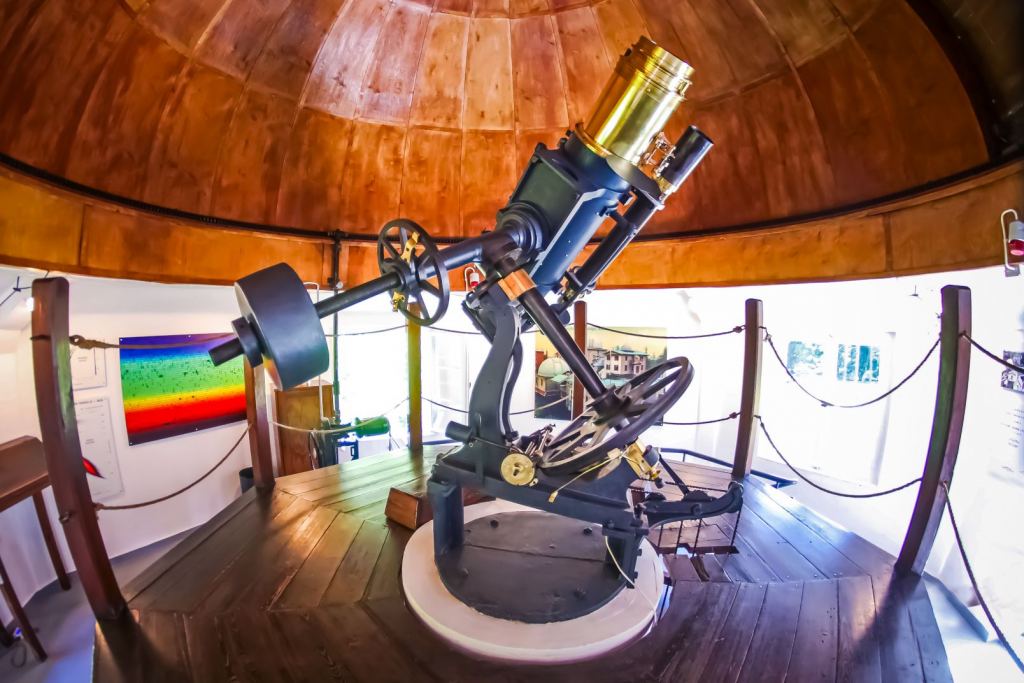Located in the constellation Ursa Major, roughly 300 light-years from Earth, is the Sun-like starHD 118203(Liesma). In 2006, astronomers detected an exoplanet (HD 118203 b) similar in size and twice as massive as Jupiter that orbits very closely to Liesma (7% of the distance between Earth and the Sun), making it a "Hot Jupiter." In a recent study, an international team of astronomers announced the detection of a second exoplanet in this system: a Super Jupiter with a wide orbit around its star. In short, they discovered a "Cold Super-Jupiter" in the outskirts of this system.
Gracjan Maciejewski - an Associate Professor with the Institute of Astronomy at Nicolaus Copernicus University (NCU) in Torun, Poland - led the study, which recently appeared in the journal *Astronomy & Astrophysics*. He was joined by researchers from the Department of Astronomy and Astrophysics and the Center for Exoplanets and Habitable Worlds at Pennsylvania State University (PSU), the Instituto de Astrofísica de Canarias, the Agencia Espacial Española (AEE), the Instituto de Astrofísica de Andalucía (IAA-CSIC), and the Center for Astrophysical Surveys at the National Center for Supercomputing Applications (NCSA).
According to their study, the planet (HD 118203 c) is up to eleven times the mass of Jupiter and orbits its parent star at a distance of 6 AU (six times the distance between Earth and the Sun) with a period of 14 years. Astronomers discovered the parent star in 1891 using the Draper telescope, now located in the NCU Institute of Astronomy in Piwnice, near Torun. Liesma is a G-type yellow dwarf (like our Sun), but 20% more massive and twice as large. Astronomers estimate that the star and its entire planetary system are slightly older than the Sun (an estimated 5 billion years).
While astronomers have known that a fairly massive planet orbits HD 118203 for nearly twenty years, it was only in 2006 that it was confirmed using Radial Velocity (Doppler Spectroscopy) measurements. However, these measurements indicated a linear trend that indicated there may be a companion planet with a wider orbit. The presence of another planet would indicate that the system has a hierarchical orbital architecture, which could help astronomers learn more about the origins of hot Jupiters. As Prof. Andrzej Niedzielski, a co-author of the study, explained in an NCU news story:
"Doppler observations, however, indicated that this was not the end of the story, that there might be another planet out there. Therefore, we immediately included this system in our observational programs. At first, as part of the Torun-Pennsylvania exoplanet research program, conducted in collaboration with Professor Aleksander Wolszczan, we tracked the object with one of the largest optical instruments on Earth, the nine-metre Hobby-Eberly Telescope in Texas."
The results were so promising that the international team continued observing the star using the Telescopio Nazionale Galileo (TNG) at the Roque de los Muchachos Observatory. But first, it was necessary to rule out the possibility that more planets were hiding in the system. "I analyzed photometric observations obtained with the Transiting Exoplanet Survey Satellite space telescope, showing that there were no other planets around HD 118203 larger than twice the size of Earth, and therefore not massive enough to be relevant for studying the dynamics of the system," said Julia Sierzputowska - an astronomy student and co-author of the study.
By 2023, the team obtained solid data of a Super Jupiter with a wide orbit, demonstrating that HD 118203 was a hierarchical planetary system. Said Prof. Maciejewski:
"Patience pays off. The new observations collected in March 2023 proved crucial in determining the planet's orbital parameters. Moreover, because it takes a planet several years to orbit its star, we were able to combine our Doppler observations with available astrometric measurements to unambiguously determine its mass. This allowed us to build a complete model of this planetary system and study its dynamical behaviour."
The configuration is peculiar, where one planet orbits closely with its star (forming a pair) while a second orbits them wide enough to form another pair with the first one. While both planets are massive and have rather elongated orbits, their mutual gravitational influence does not destabilize the system over the course of eons. According to their study, this is due to the effects of General Relativity, which prevents the planets from constantly changing the shape of their orbits and orientation in space.
This makes HD 118203 one of only a handful of hierarchical systems known to astronomers, which will help address theories of how massive planets form. This will, in turn, allow astronomers to learn more about the formation and evolution of the gas giants in our Solar System - Jupiter, Saturn, Uranus, and Neptune. The international team also plans to keep gathering data on this system in the hopes of finding additional exoplanets.
*Further Reading: NCU News, Astronomy & Astrophysics*
 Universe Today
Universe Today


